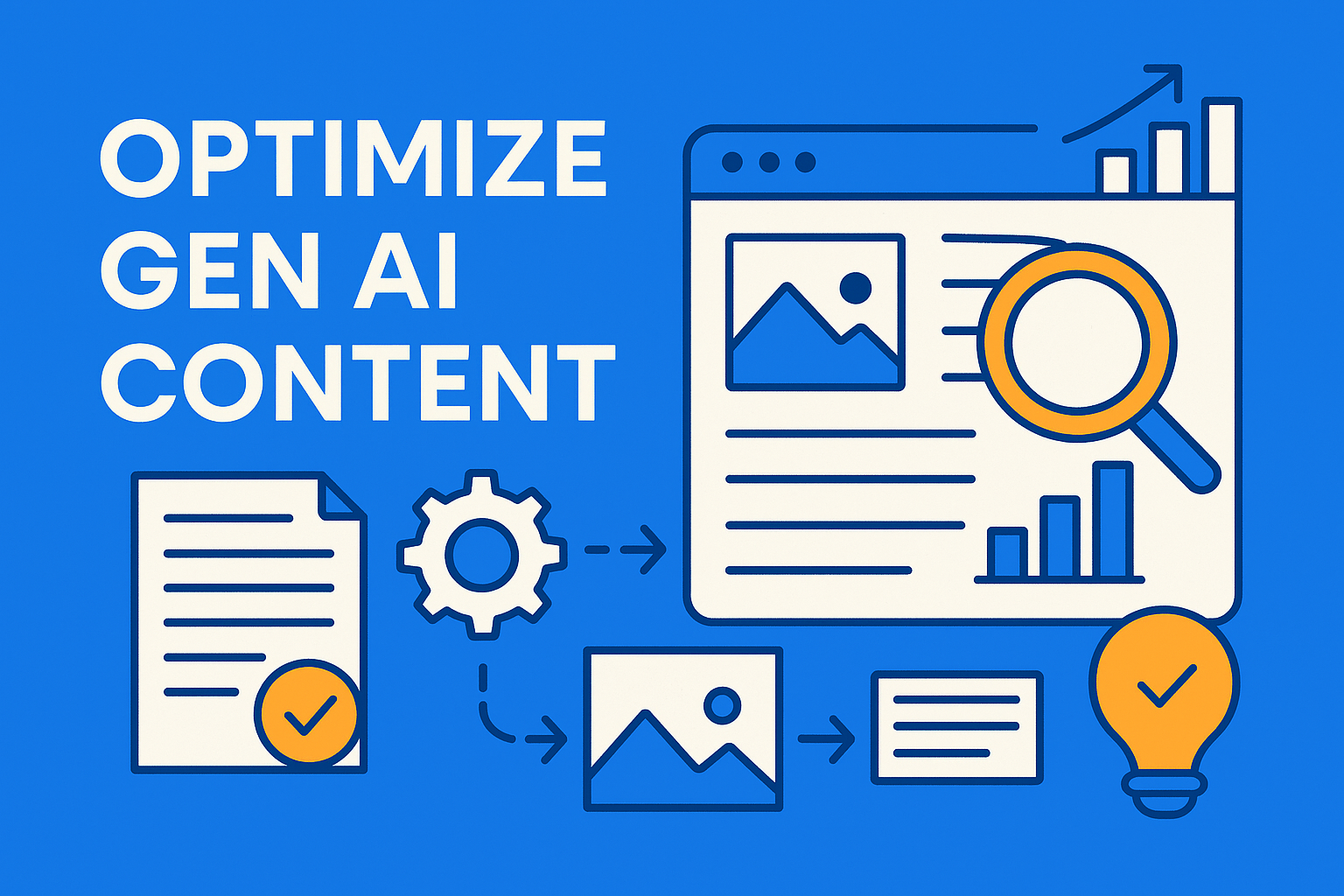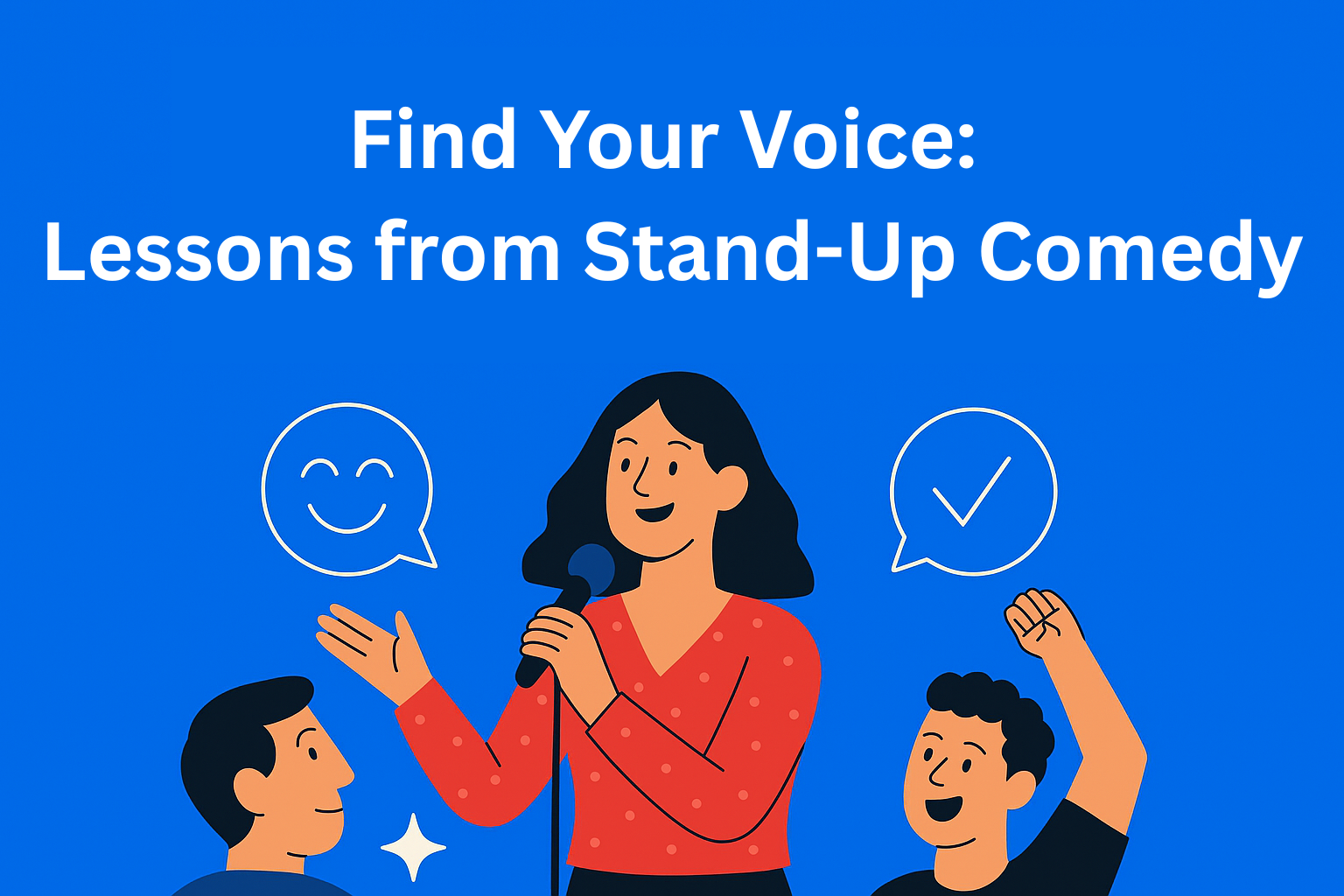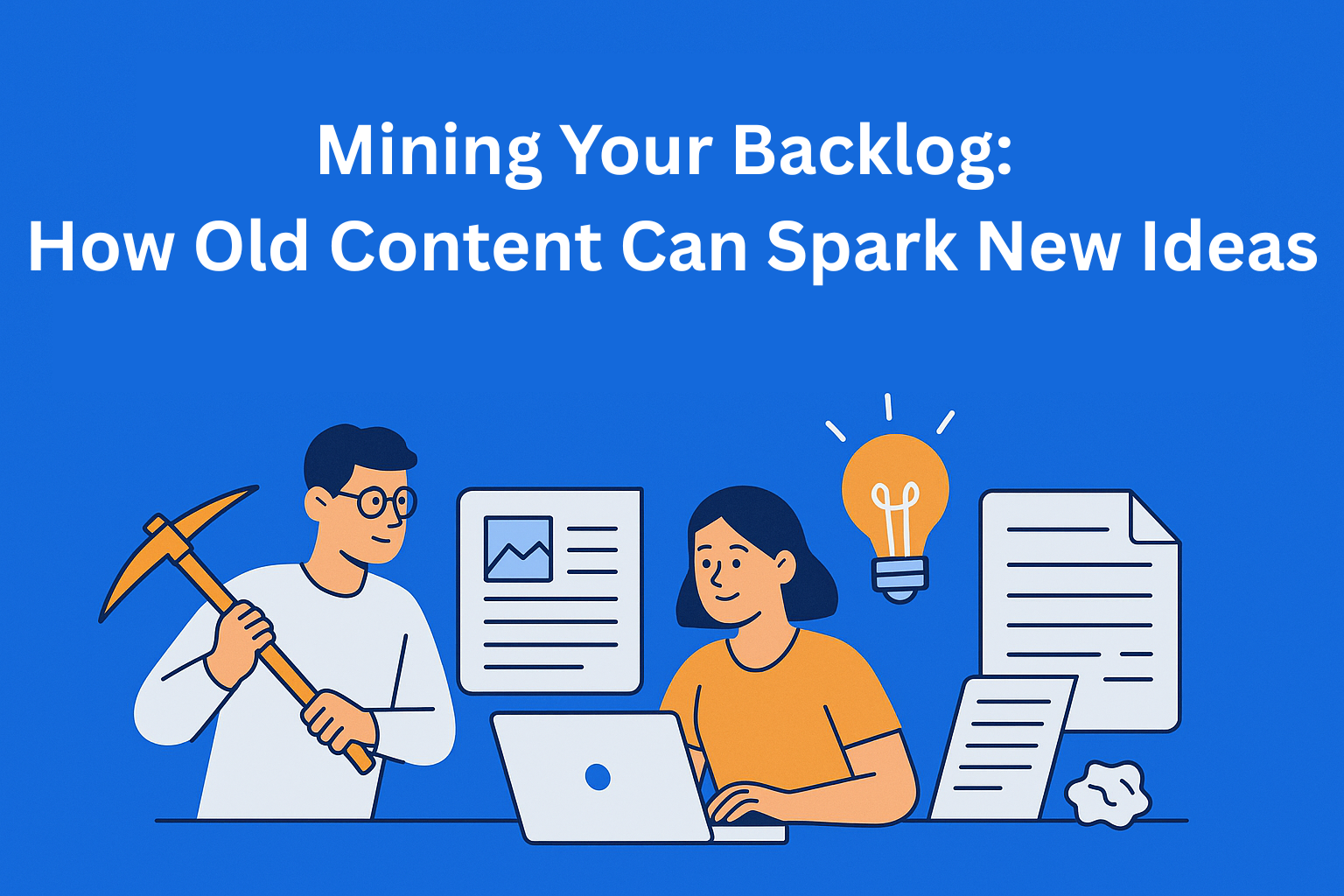How to Optimize AI-Generated Content for SEO in 2025
AI content without optimization doesn’t guarantee success. To rank on Google in 2025, human input, SEO standards, authenticity, and clear structure are essential. Tools like EasyContent help turn AI-generated text into valuable, accurate, and competitive content.

AI is now fully integrated into content creation workflows, but that doesn’t mean everything AI writes will rank on Google. Competition today is much stronger, algorithms are smarter, and user expectations are higher. Simply generating articles with the help of AI is no longer enough.
In this blog, we will talk about how you can take AI-generated content and fine-tune it to meet the latest SEO standards, ensuring that your content stays visible, credible, and competitive.
Key Takeaways
- AI is fast, but not perfect - human editing and SEO tuning are essential.
- Focus on E-E-A-T - show real experience and trustworthiness in content.
- Avoid generic AI output - add insights, research, and expert quotes.
- Structure matters - use clean formatting, visuals, and clear subheadings.
- Fact-check everything - AI can confidently make mistakes.
- Use the right tools - like EasyContent, SEO Surfer, Grammarly, Originality.ai.
Understanding SEO in 2025
SEO has developed a lot over the past few years, and now Google's algorithms prioritize content that is authentic, useful, and valuable. The E-E-A-T framework (Experience, Expertise, Authoritativeness, Trustworthiness) is at the core of ranking success. AI content that lacks human touch or original insights often gets ranked lower, while the one that shows real experiences and true value consistently rises to the top.
Challenges of AI-Generated Content
AI tools have made drafting content much faster but at the same time are very predictable and generic results are more frequent, because they lack the nuance and depth that real writers naturally provide, and because of that AI content often feels shallow or disconnected. In addition, over-reliance on AI templates can lead to content duplication, which harms the SEO potential of your site.
How to Optimize AI-Generated Content for SEO
For AI-generated content to be SEO optimized, detailed human editing is necessary.
Every text must be carefully reviewed, adding unique perspectives, personal stories, or insights that AI cannot copy.
Using a platform like EasyContent can make this review process more efficient, allowing teams to collaborate smoothly, assign edits, and ensure that every article meets quality standards.
The key thing is to understand search intent. What does that mean?
To adapt articles to precisely match what users are searching for.
Strengthen AI content with original research, by inserting expert quotes or interviews with the personal experiences of interlocutors, inserting analyses, etc. this will make a significant difference.
Then, another important thing is structuring the content.
Clear subheadings, readable formatting, concise paragraphs - all of that together creates a better user experience and longer visitor retention.
Visual elements like images, infographics, or video clips will not only enrich the content but will also help SEO rank it better.
Another thing that is important in all of this is fact-checking.
AI occasionally "hallucinates" facts or gives confident but inaccurate claims, so cross-checking details, names, and data before publishing is of essential importance.
Finally, don’t neglect technical SEO.
Make sure your content is mobile-friendly, loads quickly, is supported by internal and external links, and is enhanced with optimized meta titles and descriptions.
Tools That Help Optimize AI Content
- SEO Surfer helps with keyword optimization.
- Grammarly improves tone, clarity, and readability.
- Originality.ai is valuable for checking plagiarism and detecting AI-produced content.
When all these tools have done their part, EasyContent steps in, helping us manage editorial workflows, making it easier to oversee multiple stages of content production - from drafting to publishing - without missing a single step.
Conclusion
Generating content with AI is just the beginning nowadays. Optimization is the key to success.
By combining the speed that AI has with detailed human editing, real and personal examples from practice, and SEO standards, content is created that not only will be well ranked on Google, but will also give real value to readers.
By using a platform like EasyContent, teams can ensure that every AI-supported article is edited, aligned, and competitive.






